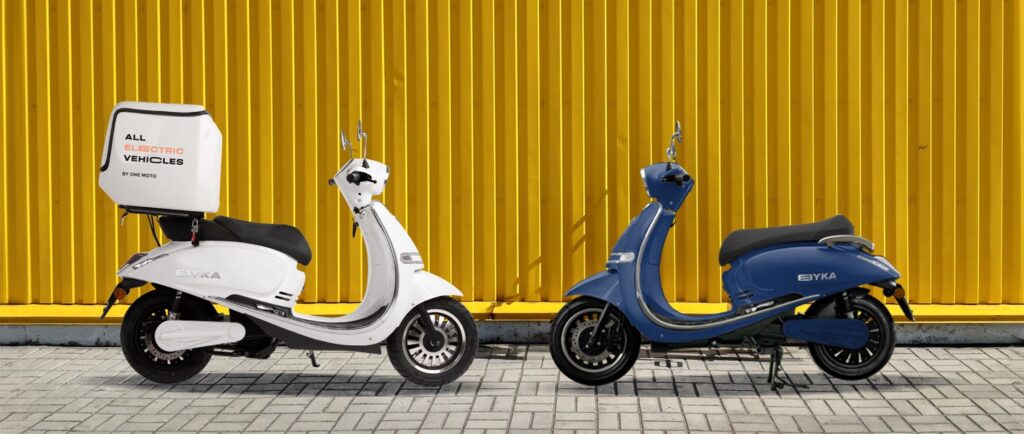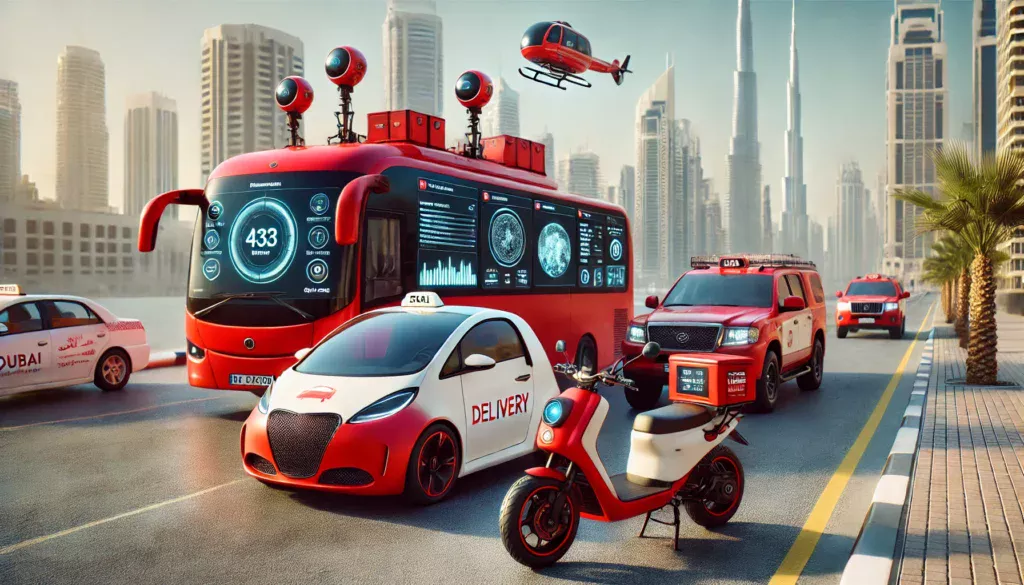The government’s announcement of 22,000 vehicles on the Oman roads by 2030 made by Ministry of Transport, Communications and Information Technology – Oman Minister Said Hamood Al Maawali. The agreement signed today commits over 10% (2,300 vehicles) to be supplied by ONE MOTO in the first 24 months with motorcycles and Light Commercial Vans.
In the Sultanate of Oman, the last-mile delivery sector is undergoing a transformative evolution, driven by technological advancements, shifting consumer preferences, and a growing demand for seamless delivery solutions. As the country embraces the digital age, the landscape of last mile delivery is experiencing unprecedented growth, through e-commerce uplift and forward thinking innovative fleet operators, in the adoption of electric delivery vehicles. Here are some great stats about why we’ve chosen Oman as our next launch pad for the GCC and forecasted growth of Oman’s last-mile delivery industry.
Stats:
The last-mile delivery landscape in Oman has witnessed significant expansion in recent years, fueled (pardon the pun) by a growing e-commerce market and changing consumer behavior.
Recent studies show, Oman’s e-commerce sector is projected to reach a value of USD 1.3 billion by 2025, with a CAGR of 18% from 2020 to 2025. This growth trajectory underscores the increasing reliance on delivery services to fulfill the needs of a digitally savvy population.
A few leading logistics and delivery companies (we can’t mention names yet) have played a pivotal role in driving the growth of last-mile delivery in Oman.
Leading Fleet Companies and Electric Vehicles:
Leading fleet providers leverage a diverse fleet of vehicles, including; motorcycles, vans, and trucks, to ensure timely and efficient delivery of goods and services.
Moreover, the adoption of electric vehicles (EVs) in Oman’s last-mile delivery sector represents a significant step towards sustainability and environmental conservation and the Oman Vision 2040 رؤية عُمان. We all know the advantages by now; reduced carbon emissions, lower operational costs, and enhanced operational efficiency. Leading delivery companies are increasingly wanting to integrate EVs into their fleets, yet don’t always understand how easy and affordable it is.
Costs per Delivery and Forecasted Growth:
The costs per delivery in Oman’s last-mile delivery sector vary depending on factors such as distance, delivery speed, and order volume. However, industry experts estimate that the average cost per delivery ranges from OMR 1 to OMR 5, reflecting the operational expenses associated with logistics, labour, Omanisation and technology.
Industry forecasts predict sustained expansion, with the sector expected to grow at a CAGR of 15% from 2021 to 2026. This trajectory presents significant opportunities for stakeholders to innovate, collaborate, and capitalise on.



